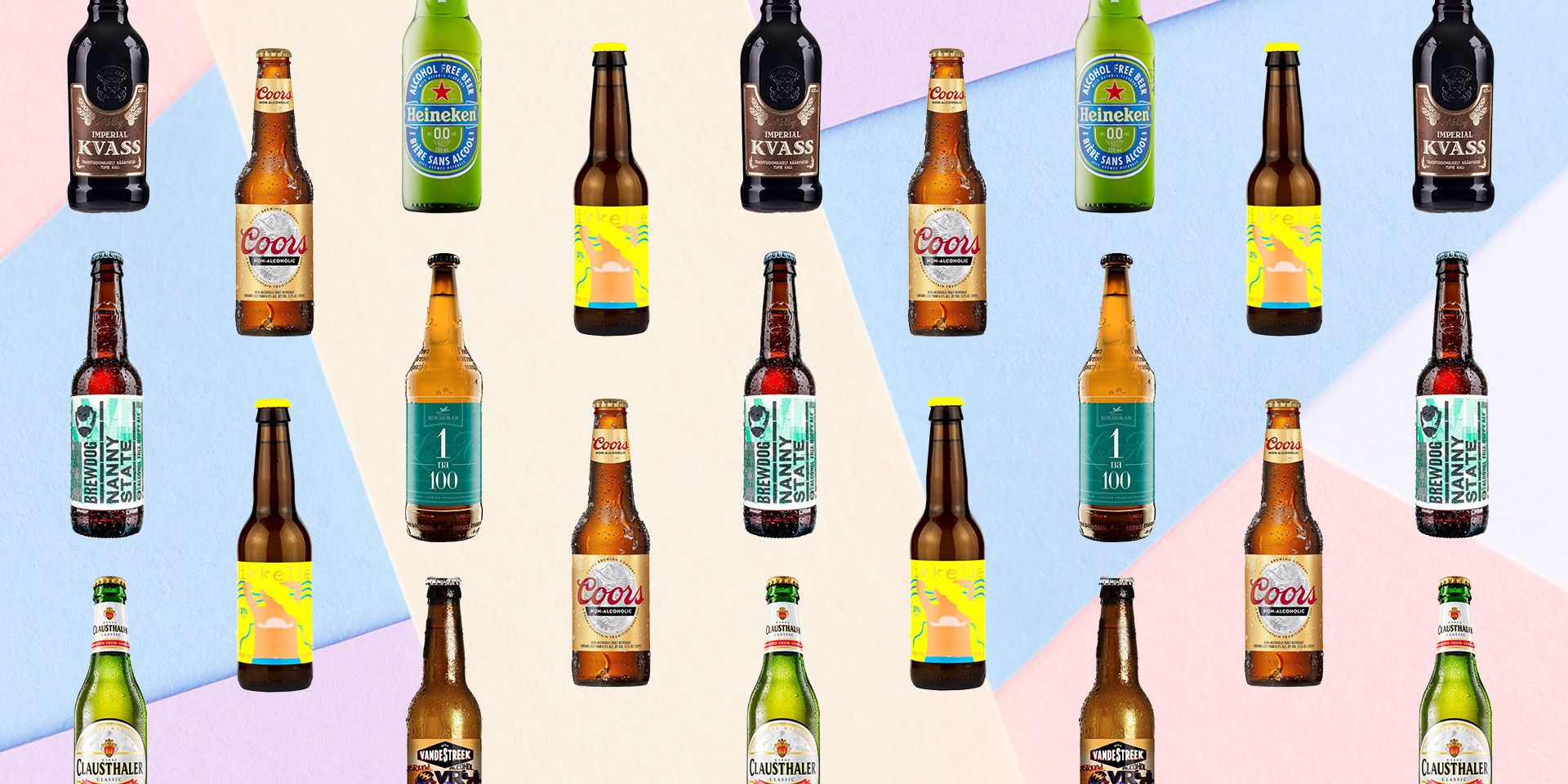Galveston Liquor: The Ultimate Location for Moods and White wines
Wiki Article
Mastering the Craft of Purification: a Deep Dive Into Distillery Traditions
Exploring the complex art of distillation introduces a world soaked in time-honored practices that have actually formed the spirits we take pleasure in today. From the ancient beginnings of distillation strategies to the contemporary evolution of distillery devices, each action in the procedure carries with it a rich tapestry of background and know-how. As we explore the delicate balance of traditional versus contemporary distilling techniques and uncover the value of key components, a much deeper understanding emerges of the extensive influence distillery traditions carry the spirits we relish.Origins of Purification Techniques
The development of distillation methods has an abundant background that traces back to old civilizations. The origins of distillation can be connected to very early people such as the Mesopotamians, Egyptians, and Greeks. These old cultures used simple purification techniques for perfumery, medication, and generating liquors. The principle of separating components based on their different boiling points laid the structure for the innovative purification procedures we have today.
The earliest evidence of distillation dates back to around 3000 BC in Mesopotamia, where clay pots were used to distill perfumes and aromatic oils. The Egyptians further progressed these strategies, making use of purification for embalming practices and medicinal purposes. The Greeks, especially numbers like Aristotle and Hippocrates, added to the theoretical understanding of distillation.
In time, purification spread to regions like India, China, and the Middle East, each culture adding its special touch to the craft. The development of distillation strategies proceeded through the Middle Ages and the Renaissance, at some point causing the diverse array of purification procedures employed in modern-day distilleries worldwide.
Development of Distillery Equipment

With developments in technology and a much deeper understanding of the distillation process, modern distilleries currently use a range of sophisticated tools to generate spirits of the finest quality. Today, purification devices includes column stills, reflux stills, and crossbreed stills, each created to cater to particular purification requirements. These modern stills offer much better temperature law, boosted distillation accuracy, and higher efficiency in dividing alcohol from impurities.
Along with stills, distilleries now use innovative condensers, fermenters, and filtering systems to further fine-tune the distillate. The evolution of distillery devices remains to play an essential duty in shaping the varied series of spirits readily available out there today.
Conventional Vs. Modern Distilling Practices
In examining distilling methods, the contrast between typical and contemporary approaches reveals considerable advancements in effectiveness and top quality. Conventional distilling techniques typically entail time-honored methods gave through generations, highlighting workmanship and artisanship (Breweries in Galveston Texas). These techniques typically rely upon copper pot stills and hand-operated processes that need a high degree of skill and experience from the distillers. Conversely, contemporary distilling techniques leverage innovative technology and development to enhance manufacturing processes and enhance consistency. Automated systems, digital controls, and state-of-the-art equipment enable modern distilleries to create spirits a lot more successfully and with better precision.While standard distilling methods are treasured for their heritage and the distinct flavors they generate, modern-day techniques provide advantages in terms of scalability, quality assurance, and sustainability. By including scientific improvements and contemporary engineering, distillers can maximize manufacturing, decrease waste, and meet the needs of today's market better. Inevitably, the option between traditional and modern-day distilling techniques commonly depends upon the distillery's goals, worths, and target audience.
Key Active Ingredients in Purification Process
Within the craft of purification, the choice of key active ingredients plays an important role in figuring out the flavor account and high quality of the spirits generated. The main ingredients utilized in the purification process are generally water, yeast, and a fermentable resource such as grains, fruits, or sugarcane.Water is a fundamental element as it not only thins down the alcohol content to a tasty level however additionally impacts the total mouthfeel and texture of the spirit. The top quality and mineral content of the water utilized can significantly affect the end product.
Yeast is one more essential component that transforms the sugars present in the fermentable source right into alcohol via the process of fermentation. Different pressures of yeast can produce varying aromas and tastes, adding to the unique attributes of the spirit.
:max_bytes(150000):strip_icc()/LQR_Edit-JapaneseBeers_Facebook-1200x628-2e333b912b254fe1bb2fe9c5987dc1cd.jpg)
Impact of Distillery Traditions on Spirits
The impact of historical distillery practices on spirits expands beyond the option of essential active ingredients, forming the really significance and personality of the final distilled products (Galveston Whiskey). These traditions, gave through generations, play an important role in specifying the one-of-a-kind taste accounts and high qualities that differentiate one spirit from an additionalDistillery practices encompass a large range of techniques, from the particular strategies utilized in distillation to the option old processes utilized. As an example, using standard copper pot stills in bourbon production is believed to give particular flavors and attributes that are very valued by connoisseurs. Similarly, the aging of spirits in oak barrels, a method deeply rooted in distilling customs, adds to the growth of intricate aromas and flavors in time.

Verdict
From the beginnings of purification strategies to the modern-day techniques, the influence of distillery practices on spirits is indisputable. Distillery customs play a crucial function in shaping the spirits market and protecting the heritage of distillation techniques.Throughout the background of purification, the devices utilized in distilleries has undergone significant advancement to boost performance and high quality of the distillation process.With advancements in technology and a much deeper understanding of the purification process, modern-day distilleries now use a range of sophisticated tools to create spirits of the greatest quality. Today, purification devices includes column stills, reflux stills, and crossbreed stills, each created to cater to specific purification requirements. From Galveston Whiskey the origins of purification techniques to the modern-day techniques, the effect of distillery traditions on spirits is obvious. Distillery customs play an important duty in forming the spirits industry and maintaining the heritage of distillation methods.
Report this wiki page